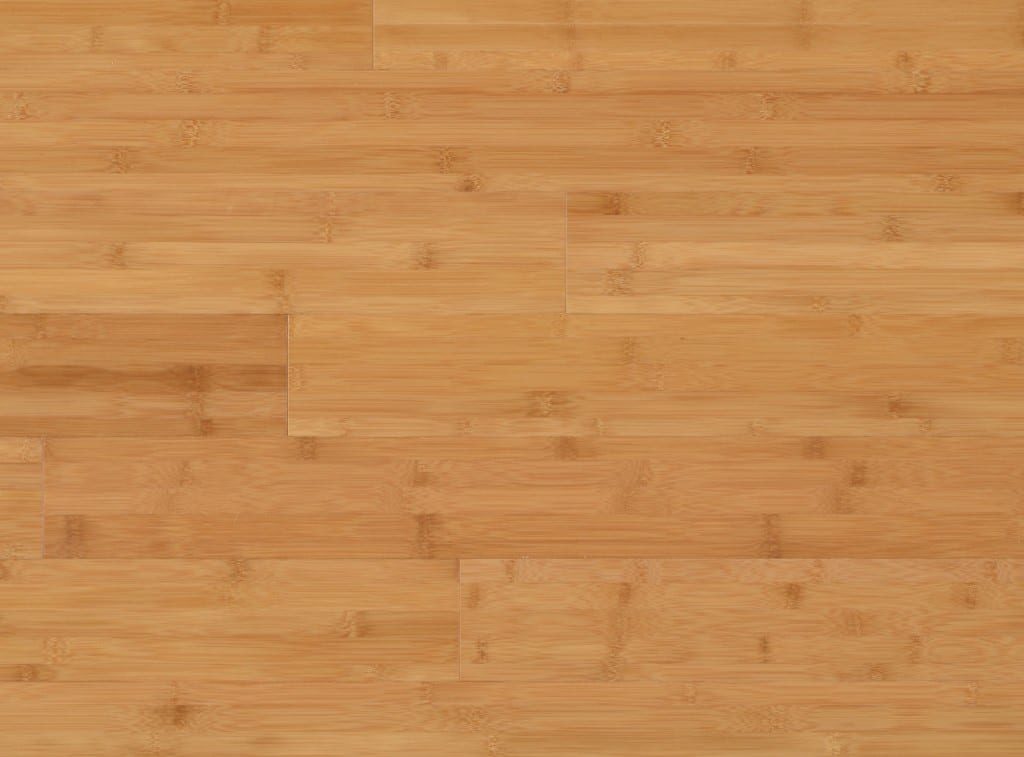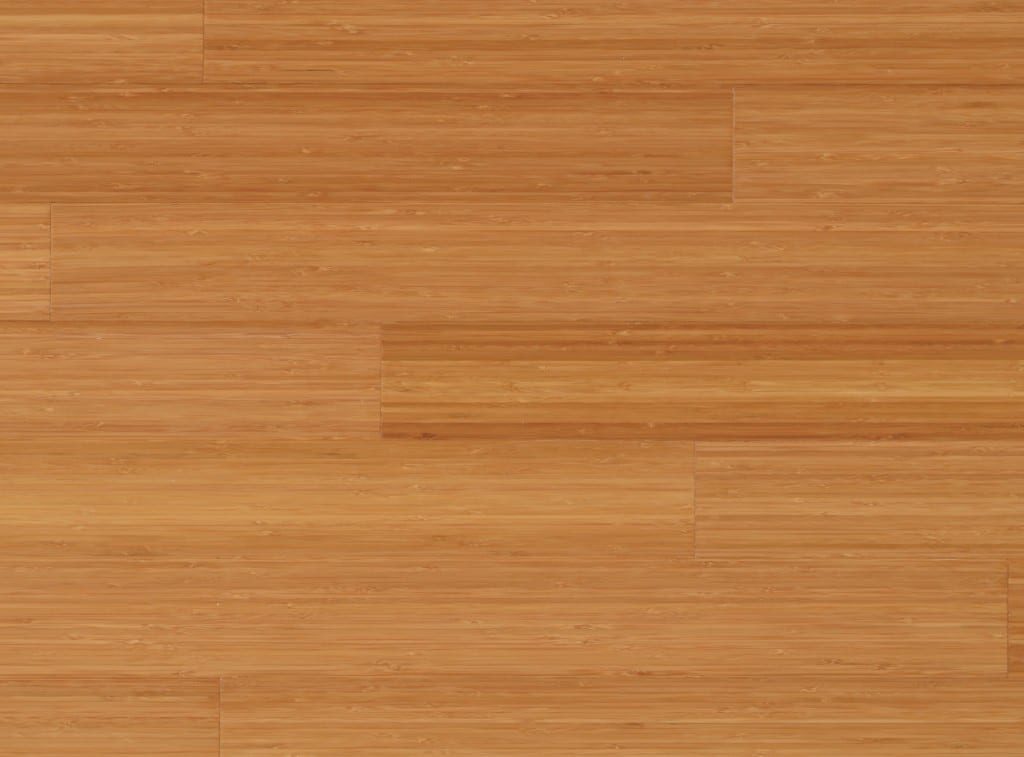Bamboo Floor Covering Everything There Is to Know
Bamboo Floor Covering Everything There Is to Know
Blog Article
How do you really feel with regards to What to Know About Bamboo Flooring Before You Install?
Bamboo flooring is popular for many home owners due to its advantages. It has actually become the significant choiced flooring for company and home owners whenever there is requirement for sustainability.
However, bamboo similar to wood, is prone to damages and also splitting when humidity degrees fluctuate.
Are you believing about bamboo flooring for your home? We will certainly likewise talk about the different kinds of bamboo flooring readily available on the market.
Kinds Of Bamboo Flooring
There are three standard choices: strand-woven, upright, as well as horizontal. Home owners can select which type of bamboo flooring to get based on their attributes. Likewise, the buyer's designated aesthetic effects the picked Bamboo flooring type.
Engineered Bamboo Flooring
Both solid and also engineered bamboo flooring choices are readily available. Once the bamboo wood fits, it isn't very easy to compare them.
However their distinctions are because of their making. For instance, crafted bamboo wood has a thin plywood support.
Whether engineered or strong, bamboo flooring is strong, resilient, and also appealing.
Engineered bamboo flooring uses the drifting wood flooring over a thin foam base. They may likewise be in the type of wide planks. They are available in sizes up to 19 cm.
Solid - Straight Bamboo Flooring
You will observe that this type is virtually the same as vertical bamboo flooring. Yet it has a minor variation. Horizontal bamboo is just one of the most preferred kinds of bamboo flooring.
It is made by drying out huge strips of bamboo, cutting these larger items right into thinner strips, and afterwards gluing them to develop slabs. The boards will after that be subject to stress and warm to guarantee they are well fastened.
All-natural bamboo has a lighter color. While carbonized bamboo will be less difficult than routine bamboo, if you require a darker shade, it might do you great.
Strand Woven Bamboo Flooring
Shredding the bamboo to remove the fibers is just one of the more tempting action in producing strand-woven bamboo floors.
The bamboo fiber is commonly blended with a glue after it's made to a pulp. The material is then weaved and also pressed together under terrific heat, as the name recommends.
After making upright as well as straight bamboo, the strips offer to develop strand woven bamboo. The eco-conscious buyer may find this attribute appealing. The factor is that it ensures that the whole bamboo stalk creates really little waste.
Strong - Upright Bamboo Flooring
Thin strips of dry bamboo wood glued up and down and also pushed making use of high warmth as well as pressure create this sort of bamboo flooring.
The thinnest side of the bamboo slabs will be in an upright type. Then, a company bonding, pressing, and lamination will adhere to. Due to their approach of joining, the bamboo strips include a narrow grain pattern.
The advantage about this type of bamboo flooring is that it is sturdy as well as very economical. It offers a elegant as well as stylish floor coating. It is not widely readily available.
When Picking Bamboo Flooring, functions And What to Maintain in Mind
With a multi-layered finish, bamboo flooring will certainly be quite long lasting. Yet bear in mind that future touch-ups may require an extra skilled flooring professional.
Additionally, applying your finish will certainly make matching repairs easier as soon as established in your home. Yet the surface will not last as long as factory finishes.
Besides that, here are some interesting attributes of bamboo flooring.
Eco-Conscious
This flooring comes from a natural plant called the bamboo plant. So when compared to various other tree varieties made use of to make hardwood flooring, bamboo expands even more as well as faster.
Affordable Maintenance
You can maintain bamboo flooring in good condition by cleaning and also damp mopping. So despite being extra susceptible to scratches, bamboo flooring is really basic to maintain.
You might get bamboo floors that are just as good as brand-new by sanding them down and also applying a fresh coat of paint.
Resilient
Bamboo flooring is not developed equal. There are lots of sorts of bamboo, and also the numerous approaches made use of to turn it right into slabs impact its toughness.
Thus, bamboo, like hardwood flooring, can end up being susceptible to tear as well as wear in time. Additionally, damaging, breaking, and also other deterioration may happen. You can additionally sand some bamboo to resemble hardwood, however not all.
Profits
It's simple to understand why bamboo flooring has actually become a lot more popular nowadays. For practically any kind of home, bamboo provides several solid and also sound services for the atmosphere. Bamboo flooring might be the finest alternative for upgrading your flooring.
We will likewise talk about the various kinds of bamboo flooring offered on the market. Property owners can choose which kind of bamboo flooring to get based on their traits. Horizontal bamboo is one of the most prominent types of bamboo flooring.
While carbonized bamboo will certainly be much less tough than normal bamboo, if you require a darker shade, it may do you great. After making straight as well as vertical bamboo, the strips offer to produce strand woven bamboo.
Bamboo Flooring
Manufacture of Bamboo Flooring
Stranded bamboo is made by shredding the bamboo stalks into small strands, which are compressed into sheets using heat and resin binders, then cut into planks to use as building materials. This form of flooring is available both as tongue-and-groove planks that are nailed down, as well as planks that float over the underlayment. This is a premium form of bamboo flooring, available in many colors.
Horizontal bamboo flooring is manufactured by cutting the strands into thin strips which are then glued together to form planks. This type of flooring has a "grain," since the long stalk fibers are visible in the flooring. This type of bamboo is not as hard or durable as stranded bamboo, but it can have a very striking appearance. It, too, is available both in nail-down planks and as floating floor planks.
Engineered bamboo flooring is made by bonding a thin layer of bamboo onto a plywood or MDF core. This flooring is comparable to engineered hardwood and is installed in the same way—usually with click-lock planks that float over a foam underlayment. It is the least expensive (and least durable) form of bamboo flooring, and it cannot be refinished.
Unless it is stained, most bamboo flooring has a natural blonde or amber color that resembles unfinished maple or birch, but darker tones are available through a process called carbonizing, which entails subjecting the planks to high temperatures. While the color can be very attractive, carbonized bamboo is softer than uncarbonized forms, and is more susceptible to scratching.
Eco-Friendliness
Environmentally conscious consumers are often drawn to bamboo as a wholly renewable resource. Unlike the hardwood lumber industry, where trees can take decades to mature, bamboo stalks grow so fast that there is little environmental liability to the harvest practices. Moreover, bamboo stalks that are cut simply continue to grow and replenish themselves so that they can be harvested.
But the manufacturing process creates other environmental concerns. Bamboo floor planks are manufactured by slicing or shredding the stalks of bamboo grass plants and then compressing the pulp back together using heat, pressure, and a resin-based adhesive identical to those used in many other flooring products. This adhesive often contains urea-formaldehyde that can outgas into the air.1
The level of adhesive used and the amount of toxins emitted will vary, depending on how the bamboo planks are manufactured. Cheaper products may contain more formaldehyde, while more expensive products may use alternative materials in the resins. The amount of formaldehyde used in bamboo flooring is similar to that found in engineered hardwood flooring or MDF sheathing, and it tends to be a problem only for sensitive individuals.2 But if this concerns you, look for bamboo products labeled as formaldehyde-free.
Bamboo Flooring Cost
This material is priced at about the same level as most hardwood floors. You can find bamboo flooring products ranging from about $2 to $8 per square foot, with a national average of $3.84 per square foot. Installation costs for bamboo flooring are much the same as for hardwood flooring. On average, figure on adding about $4 per square foot for installation labor in addition to the cost of materials. You should be able to get a good-quality bamboo installed for less than $10 per square foot, including materials and labor.
https://www.thespruce.com/benefits-and-drawbacks-of-bamboo-floors-1314694

I hope you enjoyed our post about How To Install Bamboo Flooring. Thank you so much for taking time to read through our blog post. Don't hesitate to take the time to promote this entry if you liked it. Thank-you for taking the time to read it. Report this page